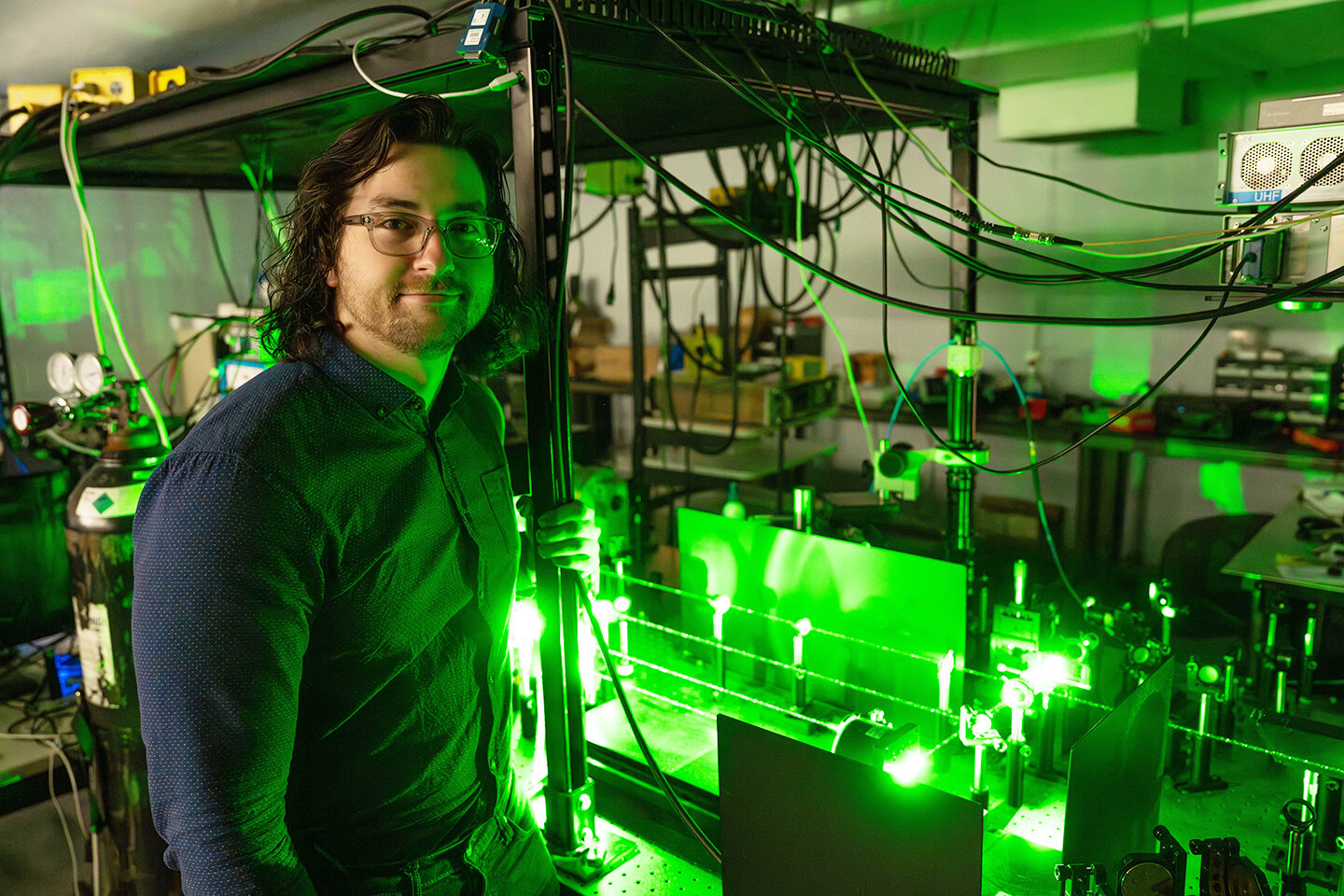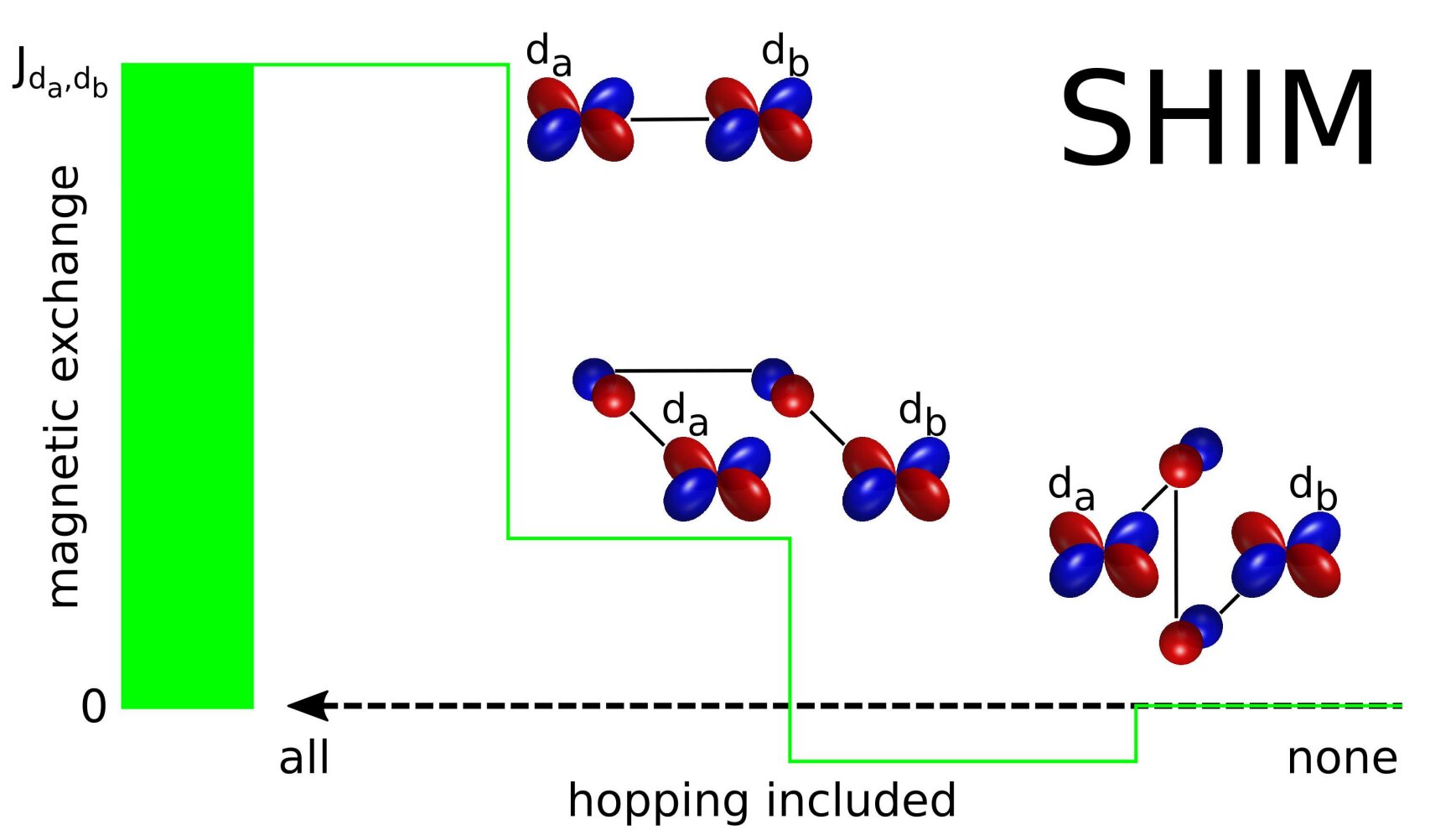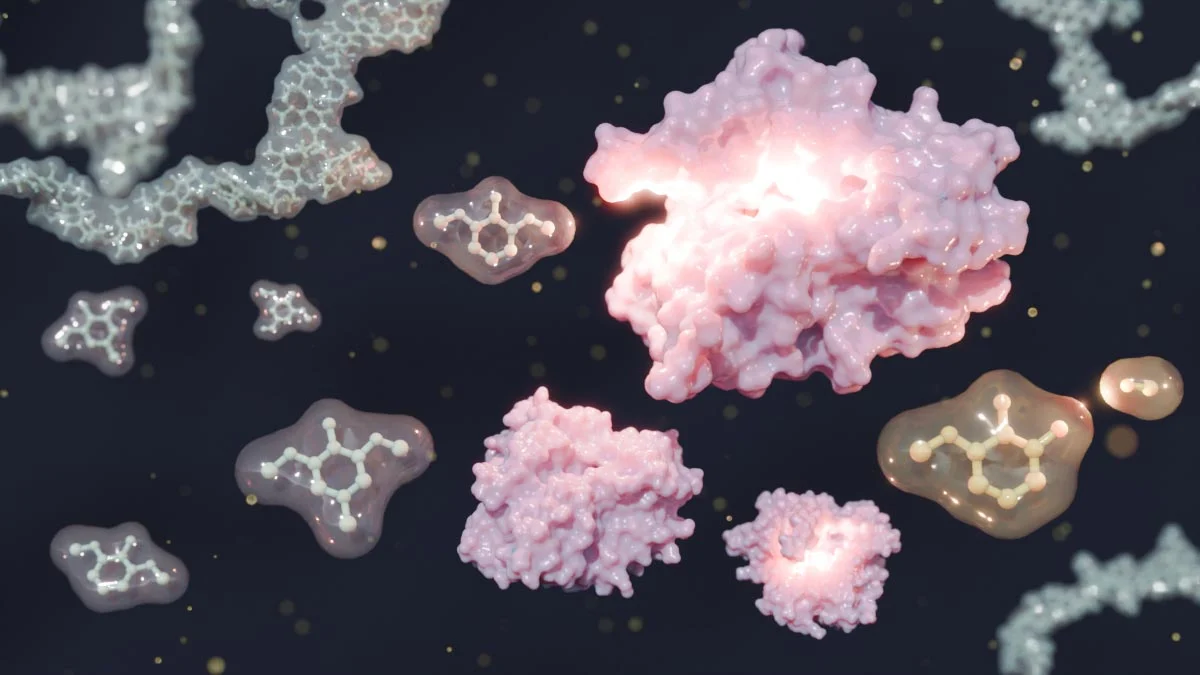Credit: University of Antwerp
Scientists uncover the microscopic origins of magnetism in 2D materials
Researchers at the University of Antwerp have developed a powerful new method to trace the hidden origins of magnetism in materials—offering a major leap forward in how we understand and manipulate this fundamental force. Their technique, called Successive-Hopping Inclusion Method (SHIM), allows scientists to map the quantum behavior of electrons and pinpoint how magnetic properties arise at the atomic level.
This breakthrough could transform how magnetic materials are designed for future technologies, from quantum computers to ultra-efficient spintronic devices.
Magnetism at its Roots: More Than Just a Force
Magnetism isn’t just a curious natural phenomenon—it’s a cornerstone of modern life. It powers hard drives, electric motors, wireless charging, and more. But at its core, magnetism is governed by the quantum quirks of electrons.
Every atom contains electrons with a property called spin, which creates a tiny magnetic field. In many materials, these spins cancel each other out. But in special cases—such as elements like iron, nickel, and gadolinium—unpaired electrons in specific orbitals create a net magnetic moment. These moments can interact across atoms, forming the basis of ferromagnetic and antiferromagnetic behaviors.
The Mystery of Electron Hopping
One key process behind these magnetic behaviors is electron hopping. Sometimes, electrons don’t stay put in a single atom. Instead, they “hop” between neighboring atoms, creating exchange interactions—quantum effects that align or oppose atomic spins depending on the pathway.
This hopping can happen directly between magnetic atoms, or indirectly via non-magnetic ones in a process called superexchange. The combined effect of these interactions defines the magnetic character of a material—but tracing exactly which electrons and orbitals are responsible has been notoriously difficult.
A Quantum Blueprint: SHIM to the Rescue
To tackle this, the Antwerp team applied their SHIM method to two well-known 2D magnetic materials: chromium triiodide (CrI₃) and nickel diiodide (NiI₂). These materials are only one atom thick but display rich magnetic properties that have made them a focus of intense research.
Using SHIM, the researchers identified every meaningful contribution to magnetism—from electron spin to orbital overlap—and mapped how electrons move between atoms to create complex magnetic orders. Their framework even accounts for the roles of non-magnetic atoms like iodine in shaping the overall magnetic landscape.
What’s more, SHIM can generalize across other magnetic monolayers, particularly those with similar electronic configurations, enabling wide applications in material science.
Toward Smarter, Tunable Magnetic Materials
This new approach doesn’t just help explain magnetism—it helps predict and control it. With SHIM, scientists can now determine whether a material will behave as ferromagnetic, antiferromagnetic, or even altermagnetic (a more exotic state), and how its properties might change under mechanical stress or electric fields.
“This is about moving from observing magnetism to understanding and engineering it,” said lead physicist Prof. Milorad Milošević. “It’s a step toward fully customized materials for next-generation quantum and magnetic technologies.”
Why It Matters
Understanding and controlling magnetic behavior at this level opens the door to smart materials that adapt in real-time, spin-based computing far beyond current processors, and energy-efficient electronics that work on the scale of quantum particles.
The findings were published in Physical Review Letters, and signal a shift from trial-and-error material development to intentional design driven by quantum precision.
Want to See the Future of Electronics Unfold?
Imagine computers that operate using spins instead of electrons. What if we could control magnetism with a tweak of pressure or a flash of light? This research might just be the key.
💬 Which future tech do you think magnetism will revolutionise first—data storage, medical sensors, or something we haven’t dreamed of yet?
More information: D. Šabani et al, Beyond Orbitally Resolved Magnetic Exchange in CrI3 and NiI2, Physical Review Letters (2025). DOI: 10.1103/tlq2-m6zk
Journal information: Physical Review Letters










